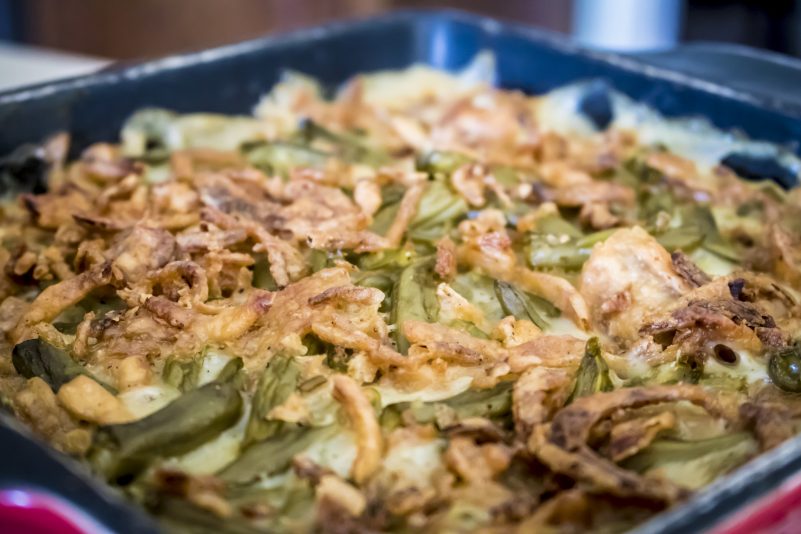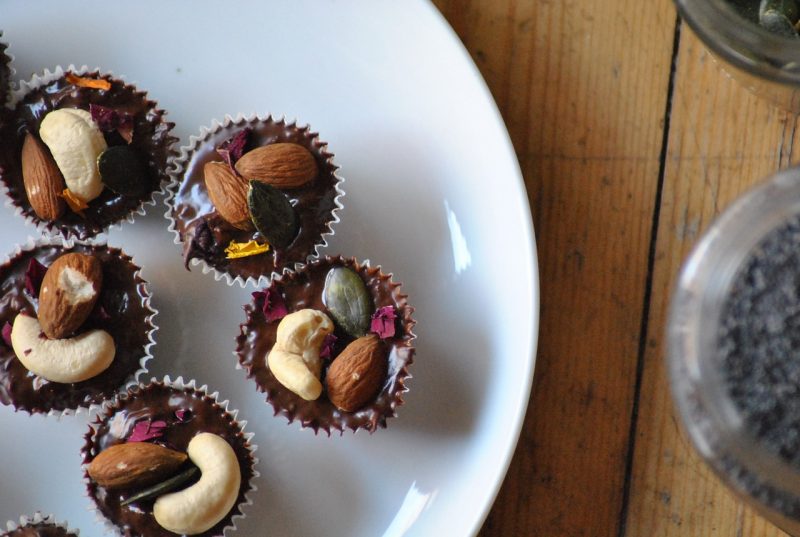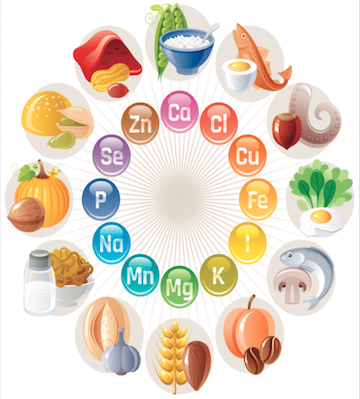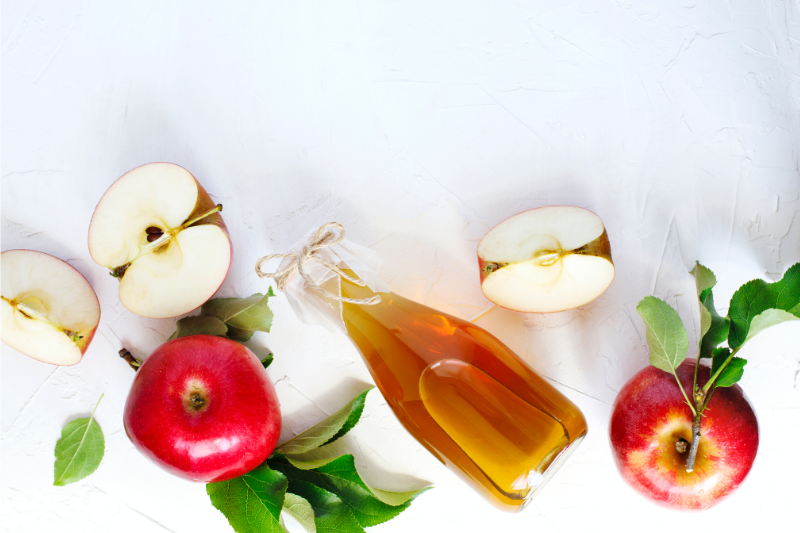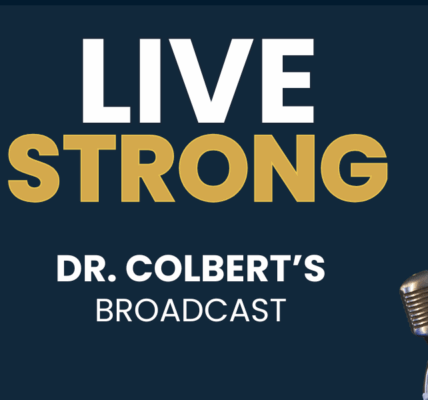Healthy Green Bean Casserole and 10 Health Benefits of Green Beans
If you’ve ever had green bean casserole at a Holiday dinner, you are in the majority. Green bean casserole is a staple and favorite for many families, but traditionally it’s also loaded with high-carbohydrate ingredients, canned cream of soups (with all sorts of processed ingredients, and more. But not this year, choose our Healthy Green Bean Casserole instead.
In fact, you can make a delicious dish and still enjoy the many great, unique health benefits of green beans.
What’s more, with a like Holiday recipe makeover magic, our Healthy Green Bean Casserole is whole-food based, low-carb and Keto Zone friendly, and loaded with nutrition.
Here the Healthy Green Bean Casserole recipe and all the health benefits of green beans you’ll enjoy when you make it this Thanksgiving.
Healthy Green Bean Casserole (Keto Zone Friendly)
Ingredients
- 1 pound fresh green beans (washed, ends trimmed, and cut in half)
- ½ cup blanched almond flour
- 1 teaspoon of sea salt
- ½ teaspoon fresh-cracked black pepper
- 1 small onion, sliced thinly
- 2 large shallots, sliced thinly
- 1 tablespoon of avocado oil or coconut oil
- 8 ounces cremini mushrooms, rough chopped
- 2 tablespoons butter
- 3 cloves garlic, minced
- ½ cup chicken or vegetable stock
- ½ cup heavy cream or canned coconut milk (the thickest portion)
- ¼ cup grated Parmesan cheese (optional)
- avocado oil or coconut oil
- 6 strips cooked bacon (optional), crumbled
Instructions
- Preheat oven to 400 deg F.
- Heat water in a large pot over high heat to a boil. Once boiling, add green beans and boil 5 minutes. Remover from heat, drain in a colander and place in ice water (this stops the cooking process and maintains a great texture). After 3 minutes in ice water, drain and set aside.
- Combine almond flour, salt, and pepper in a large mixing bowl. Add onions and shallots. Toss and coat well.
- Place avocado or coconut oil in a large skillet and heat over medium heat. Once hot, add onions and shallots. Saute/fry until crispy and golden. Remove from oil and place on paper towels to drain.
- Drain skillet. Add mushroom, butter, and garlic. Saute for 5 minutes, stirring throughout. Add heavy cream or coconut milk and reduce heat until sauce has thickened about 5 additional minutes. Stir in optional parmesan cheese.
- Add green beans to skillet, stir to mix, and then pour the entire mixture into a casserole dish. Spread onions and shallots, and optional bacon crumbles, over top of green beans.
- Bake 15 minutes and enjoy! Serves 8.
Nutrition information per serving (no bacon) (~1 cup): 155 calories, 11 grams fat, 6 grams carbs, 2 grams fiber 4 grams net carbs, 4 grams protein
Health Benefits of Green Beans
1. Keto Zone Food with All the Nutrition (and Minimal Carbs)
When it comes to nutrition, some consider beans to be one of the healthiest foods on Earth. However, they come at a price: a lot of carbohydrates.
Green beans are special.
They are sort of a natural hybrid food with all the nutrients of vegetables and beans, but only the carbs of vegetables.
In fact, one cup of kidney, black, pinto, or other beans will cost you about 40 grams of carbohydrates.
One cup of green beans equals just 8 grams of carbs (and only 40 calories).
What’s more, they have the fiber, minerals, and protein of beans with the amazing nutrients of vegetables. Wow!
According to the United States Department of Agriculture (USDA) National Nutrient Database, one cup of snap green beans contains (1):
- 34 calories
- 8 grams of carbohydrates
- 4 grams of fiber
- 5 grams of protein
- 40 mg of omega-3 fats
2. Health-Promoting Fiber
Did you notice the fiber listing above? Four grams of fiber in 1 cup of green beans. This is 50% of the beans’ carbohydrates!
Some of green beans’ fiber is soluble, and some is insoluble.
The soluble portion is incredibly helpful for reducing LDL cholesterol, blood pressure, blood sugar spikes, inflammation, and more.
In fact, vegetable-based high fiber diets promote better cholesterol reductions than starch-based fiber (2).
The insoluble works to keep your digestive tract healthy.
3. Fiber that’s Easy on the Gut (Low FODMAP)
The fiber in green beans goes beyond normal fiber health benefits. It’s actually incredibly easy on the gut, even for those who can’t normally tolerate fibrous foods.
Surprisingly, it’s considered a low FODMAP food! FODMAP is an abbreviation for groups of carbohydrates including Fermentable, Oligosaccharides, Disaccharides and Monosaccharides and Polyols. These carbohydrates and fibers are fermented in the small intestine and cause many Irritable Bowel Syndrome (IBS) symptoms for those who can’t tolerate them. By reducing FODMAP carbohydrates and eating a “low FODMAP” diet, may people can reduce IBS symptoms (3).
So, even if you tend to experience IBS or have stomach troubles with vegetables, beans, and other high-fiber foods, you can try green beans! You may just be able to tolerate them and enjoy all the health benefits of green beans without risk.
4. Protein
- healthy bones
- skin, nails, and hair
- all organs
- muscles
- hormones
- immune function
Protein is absolutely essential to strong immune function throughout the life cycle (4). Especially this time of year, when colds and flu viruses loom, eating enough proteins, vegetables, and other healthy whole-foods is important.
5. Vitamin A and C
6. Minerals for Better Metabolism and Brain Health
Green beans are also a good source of minerals. One, in particular, manganese is essential for brain health as we age, and metabolism (6).
This abundant but seldom discussed mineral is essential in the diet. It provides antioxidant functions and fights oxidative stress. It is also required for proper immune function, regulation of blood sugar and cellular energy, reproduction, digestion, bone growth, blood coagulation, and hemostasis.
7. Chlorophyll
It’s imperative to list chlorophyll as one of the many health benefits of green beans.
The same compound that allows plants to grow, flourish, and live is incredibly healthful in the human body.
Studies show that the chlorophyll content of green beans varies between 8.5-15.5 milligrams per cup. Sound like a small amount? While small, it’s potent.
Chlorophyll may block carcinogenic effects of compounds we consume (like those in grilled meats). What’s more, they are considered an overall anti-cancer nutritive component (7).
8. Antioxidants and AntiInflammatories
As with any vegetable, it should come as no surprise that green beans contain antioxidants and provide anti-inflammatory functions.
In fact, most vegetables are greens are associated with reduced cancer risk, inflammation, oxidized LDL cholesterol plaques, and oxidative stress.
9. Bone Health from Vitamin K and Silicon
Amazingly, green beans are good for your bones.
First, they are a good source of Vitamin K (it contains 14.4 micrograms, almost 20% of daily requirements). Low vitamin K status is associated with bone fractures. On the other hand, adequate vitamin K consumption improves bone health by improving bone matrix proteins and calcium (8).
Next, green beans contain natural silicon. One cup of green beans provides about 7 milligrams of silicon. This may too sound small. But, it’s likely about 1/4-1/3 of our daily value (this is not yet well-defined), and plays an important role in the health of our bone and connective tissue.
The silicon in green beans is well-absorbed. This is good news since it’s now thought those silicon-rich foods help reduce the risk of osteoporosis in post-menopausal women (9).
10. Reduce the Harmful Effects of Free Radical Damage
When all is said and done, good foods simply promote health and reduce disease.
We can confidently state that this is part of the health benefits of green beans. Like other beans and vegetables, they are associated with a reduced risk of type 2 diabetes, high blood pressure, coronary heart disease, and metabolic syndrome.
These diseases are attacking our population, and green beans are one food that fights back.
Bottom Line
You may not have known that a Thanksgiving favorite could contain so good for you. The health benefits beans are potent and plentiful. Choose fresh green beans and whip up our Healthy Green Bean Casserole this year. You’ll get many nutritive and health-promoting vitamins, minerals, compounds and more!

